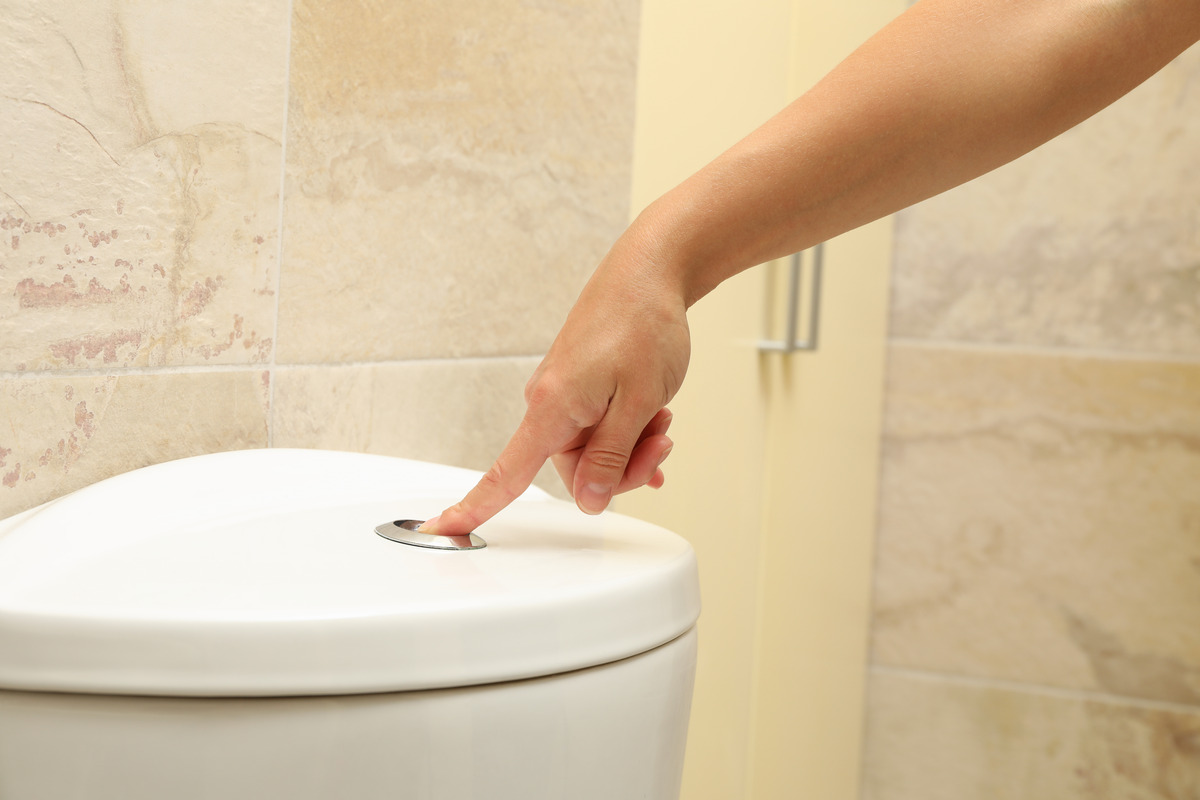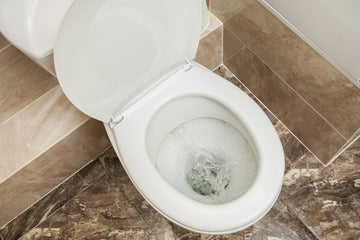Introduction
The advent of Smart toilets with water-saving features is revolutionizing how we view bathroom habits. As environmental sustainability becomes a guiding principle in modern industry practices, the role of high-tech bathroom solutions cannot be overstated. This article delves into the innovative features of smart toilets and highlights their significance, particularly concerning water conservation. Understanding the unique blend of technology and functionality that these devices offer is crucial for professionals in the Industry QA sector, and can help in assessing their application in both residential and commercial settings.

The Evolution of Smart Toilets
Smart toilets are more than just a luxury; they are pivotal in advancing water conservation efforts across the globe. Initially perceived as a high-end commodity, these toilets now cater to a broad audience seeking to minimize their ecological footprint. Featuring automated functions like self-cleaning, seat warming, and bidet systems, these technologies have redefined user convenience. More importantly, they come equipped with water-saving features, distinguishing them from conventional fixtures.
Understanding Water-Saving Features
Smart toilets are designed with water efficiency in mind. Features such as dual-flush systems and precision flushing ensure that only the necessary amount of water is used per flush. For instance, dual-flush toilets offer a choice between a full or half flush, significantly cutting down water usage. According to a detailed comparison between dual-flush vs. single-flush toilets, these toilets can reduce water usage by up to 67%. Industry QA professionals need to appreciate these technologies' role in increasing the water efficiency of modern plumbing systems.
Technological Advancements
Beyond their basic functionalities, smart toilets incorporate advanced technology such as sensors and timers to ensure optimal water utilization. These features adjust the amount of water used based on the type of waste, conserving more water over time. Additionally, some models also feature leak detection systems that alert users to potential issues, preventing water wastage. For a deeper understanding of how technology impacts water conservation, exploring how much water low-flow toilets save provides valuable insights, especially for those overseeing quality assurances in plumbing installations.
Sustainability and Environmental Impact
The environmental impact of smart toilets cannot be overlooked. By significantly reducing water waste, these devices play a vital role in sustainability efforts. As emphasized in the Woodlands Water Conservation guide, adopting water-saving technologies can reduce a household's water consumption by thousands of gallons annually. This reduction is substantial when projected across communities and cities. Such innovations are indispensable to both residential consumers and industry professionals focused on ecological responsibility.
Cost and Investment Considerations
While the initial cost of smart toilets might be high compared to traditional models, they often lead to considerable savings in the long run. The operational cost, particularly in water bills, is greatly reduced. When considering such investments, Industry QA managers might find the water-saving toilets guide an invaluable resource in understanding potential financial and environmental benefits. Moreover, some regions offer incentives or rebates for installations that meet specific water efficiency criteria.
Challenges in Adoption
Despite their benefits, there are challenges to adopting smart toilet technologies. These include the cost of installation, resistance to technological adoption in traditional markets, and the need for ongoing maintenance. Overcoming these barriers involves educating consumers and industry stakeholders about the long-term benefits. References to water-efficient toilet models can be explored further on budget-friendly options that address some cost concerns.
Conclusion
In conclusion, Smart toilets with water-saving features are revolutionizing sustainable bathroom solutions. For the Industry QA sector, understanding and implementing these innovations is key to achieving green certification and enhancing product line-ups. These high-tech toilets conserve water, reduce costs, and contribute positively to the environment. It's time to embrace this technology and redefine our interaction with everyday sanitation systems.

FAQs About Smart Toilets
What are the primary benefits of using smart toilets?
The main benefits include water conservation, enhanced user convenience, and reducing the overall environmental impact.
How do smart toilets save water?
Smart toilets utilize technologies like dual-flush, sensor-activated flushing, and precision water use to ensure water is only used as necessary, minimizing waste significantly.
Are smart toilets cost-effective?
While the initial investment may be high, the reduced water bills and the potential for rebates can lead to long-term savings, making them a cost-effective option.






